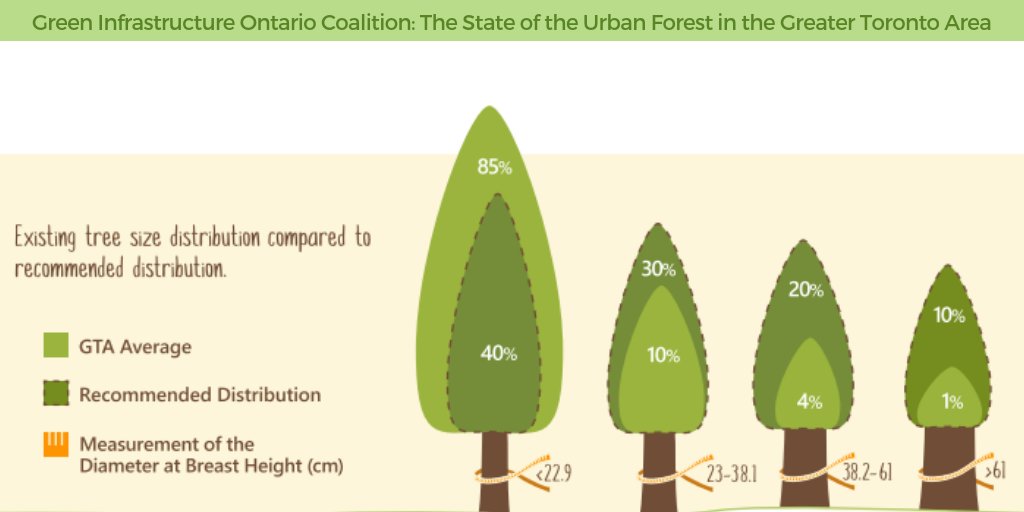Indicators It's Time To Eliminate A Tree - A Homeowner'S Overview
Indicators It's Time To Eliminate A Tree - A Homeowner'S Overview
Blog Article
t and t maintenance By-Rollins Bendixen
Trees add elegance and worth to residential property, yet they can likewise present a danger throughout extreme weather events. If a tree has actually stopped growing, is exhibiting visible fungal development, or has a leaning trunk, it ought to be gotten rid of by a specialist to stay clear of residential property damage and injury.
For more information, attend a home owner resource reasonable co-hosted by HPD, the Center for NYC Neighborhoods, and Brooklyn-based real estate companions this evening in Bedford-Stuyvesant. The occasion will certainly include the House owner Manual, a brand-new guide to help homeowners navigate the obligations of owning a home.
1. Dead or Perishing Branches
Trees are an important part of your home's landscape, using shade and charm. They likewise provide shelter for wildlife and create oxygen, yet even healthy and balanced trees can experience illness that may necessitate their elimination. Dead or passing away trees aren't just unsightly, they can be hazardous. Their branches might fall throughout a tornado, causing expensive residential or commercial property damage and injuries.
When a tree's branches start to die, it indicates that its framework is beginning to break down. If most of its branches are dead, it is most likely time to remove it.
Try to find a lack of new development, bark peeling, open injuries or cavities, fungi growing on the trunk or roots and a basic appearance of degeneration in the whole cover. These indicators of infection can indicate a major problem that will certainly call for professional tree services to resolve.
2. Leaning Trunk
While it's typical for trees to lean periodically due to phototropism, if a tree has a hazardous or serious lean that's not due to natural processes - it could be an indicator that the tree needs to be eliminated. If the tree is leaning toward a high-voltage line, home, vehicle, play framework or any other area that could be unsafe to people if it falls, then calling a specialist tree solution for removal should be a leading concern.
helpful site 's likewise essential to expect any sudden changes in a tree's leaning as it can show damage to the origins or trunk that might lead to dropping. This is specifically real throughout stormy weather, because high winds and rain-soaked soil can trigger a lean to transform quickly. call maintenance , particularly throughout and after storms can assist homeowners acknowledge possible troubles with their trees so they can call an arborist for a comprehensive analysis.
3. Parasite Problem
Some pest invasions, such as wood-boring pests like emerald ash borer or sap-suckers like range insects, are so severe that they can cause a tree to pass away. The best means to avoid pest infestation is to check your trees often. Seek areas, holes, or stainings in the fallen leaves and bark. Analyze the trunk for splits and indications of insect damages, such as tunnels or tracks.
If a tree becomes too infested with bugs, or is close to a home or power lines, an arborist might suggest removal. If a leaning tree develops a new, unpredictable lean, an arborist will likely suggest removal too to make sure the security of individuals and building. If a damaged or dead tree constantly drops extreme branches, it is a sign that it is time to eliminate the tree. If a tree remains to lose branches for a prolonged time period, it might lead to architectural issues and potential building damages.
4. Damaged Trunk
Trees are a lovely and vital part of our landscape, but they do require routine like maintain them healthy and balanced and safe. If a tree is harmed irreparable it is most likely time for it ahead down.
Look for signs of damage to the trunk, consisting of vertical cracks, joints, dead branch stubs, noticeable wounds or open dental caries and extreme tree-rot. The presence of fungis at the base of the trunk is one more advising indicator. https://griffinarjbw.blogripley.com/29934801/protecting-your-landscape-replanting-after-tree-elimination may show that the phloem and xylem (life-support tissues) are compromised, allowing for the spread of disease or a future failure.
Likewise, take into consideration whether the tree has actually quit growing. Healthy and balanced trees will have new development every year, which may show up as buds or branches growing and extending. If you don't see any new growth, it's a good concept to have an arborist evaluate the tree and follow their referral for elimination. A passing away or damaged tree can fall and trigger residential property damage.